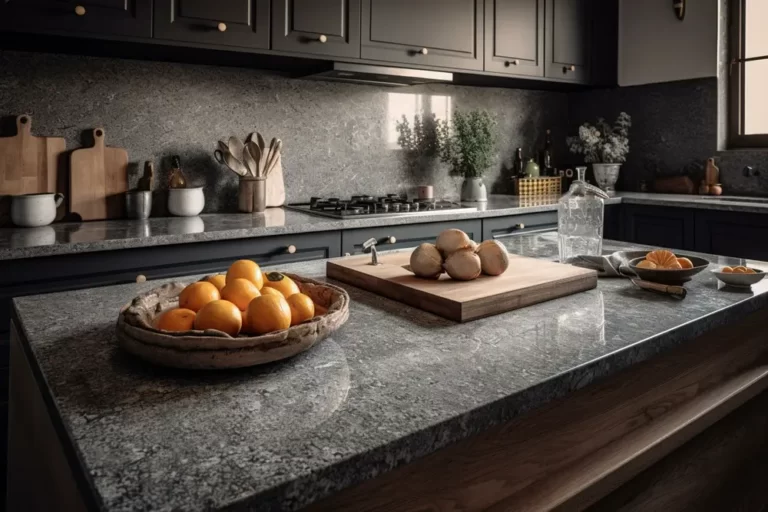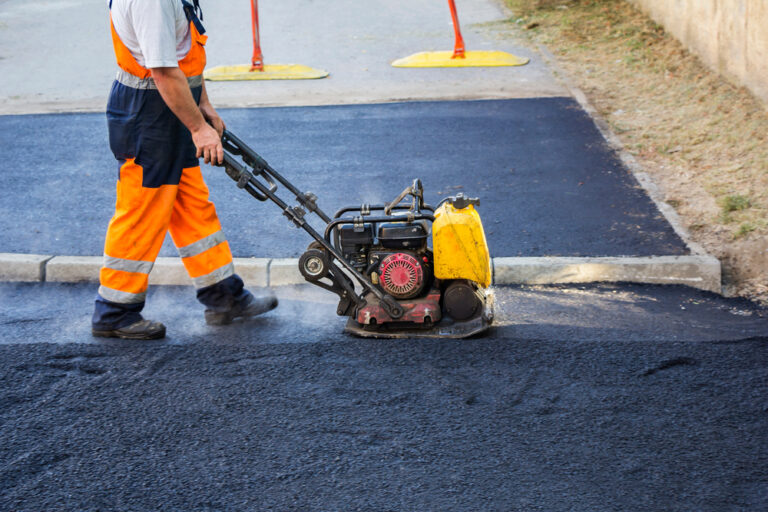7 Pieces of Tiling Advice That Changed Our Industry and Your Home
Tiles are basically hard-wearing thin plates used to cover countertops, roofs, floor, and walls in a building. They are manufactured from various materials. These may include glass, baked clays, natural stones, ceramics, and wood.
The process of laying and arranging tiles on the surface is referred to as tiling. Unless experts handle the process, you can’t get good results. This is why experts at Metro Tile have the following piece of advice to help you do the right thing:
1. Choose Material
Choosing the kind of tile you need is often the most difficult decision you can make. That is because there are numerous materials, each with its pros and cons.
It is best to think of where you want to lay your tiles. If you want to tile your kitchen or hallways, consider choosing tiles with durable materials.
2. Find the Right Base
Tiles require a rigid and supportive base. It will crumble and crack if you install them directly on the surface, which swells and flexes like plywood. Other bases to look at may include the following:
- Glass-mat gypsum
- Self-leveling underlayment
- Uncoupling membrane
- Foam board
- Cement fiber/cement board
- Mortar bed
3. Consider Double-Checking the Size of the Tiles
One of the costly mistakes most people make is assuming 12-inch by 24-inch tiles are 12 inches by 24 inches.
Many tiles are often sold in European sizing. And normally, the size of tiles is 30cm by 60cm. This size may also have grout joints – meaning your tiles can be close to 11 3/8 inches.
By buying a good sample of times, you may lay them out, soak-test them for quality control, and check tiles for warping.
4. Ensure Proper Preparation of the Surface
Repair and level the floor to achieve a smoother surface. Ensure also the surface is dust-free, dry, and clean. There shouldn’t be any loose materials, such as hardened cement granules.
5. Use the Right Tools
Tiling tools are designed for specific use. Trying to look for an alternative will increase the time required to finish the project.
And in the worst scenarios, it may damage your tiles. This is why it is important to use the right tools, like the following:
- Tile saws
- A manual tile cutter
- Tile mortar mixers
- Rubber buckets
6. Work with the Best Methods/Materials
Only some installation methods are suitable for some applications. Ensure that your contractor uses the TCNA Handbook techniques or any method recommended by a certified manufacturer. You can also review the product data sheet of the manufacturer.
7. Properly Clean the Tiles
You may keep your tiles uber clean and shiny with effective processes and products, whether it is your kitchen, living room, or dining area.
Ensure you also deep clean the tiles periodically. Plus, consider sweeping and vacuuming daily.
Final Touches!
Tiles in a home’s exterior and interior design are considered a great investment. They often give an upscale feel and look. And can increase the resale value of a home since tiles retain the glossy and shine effect of a property for a long time.







